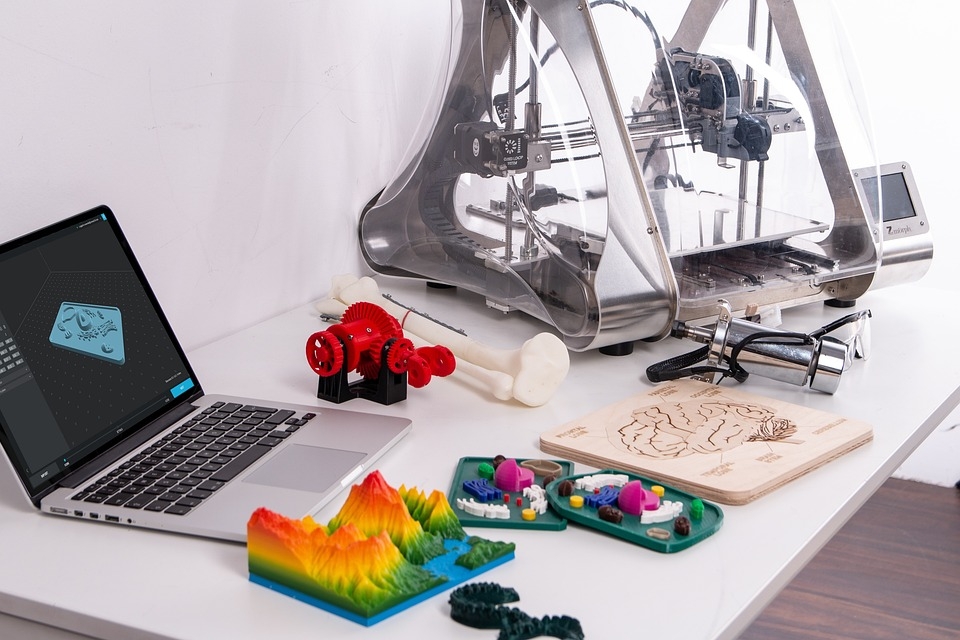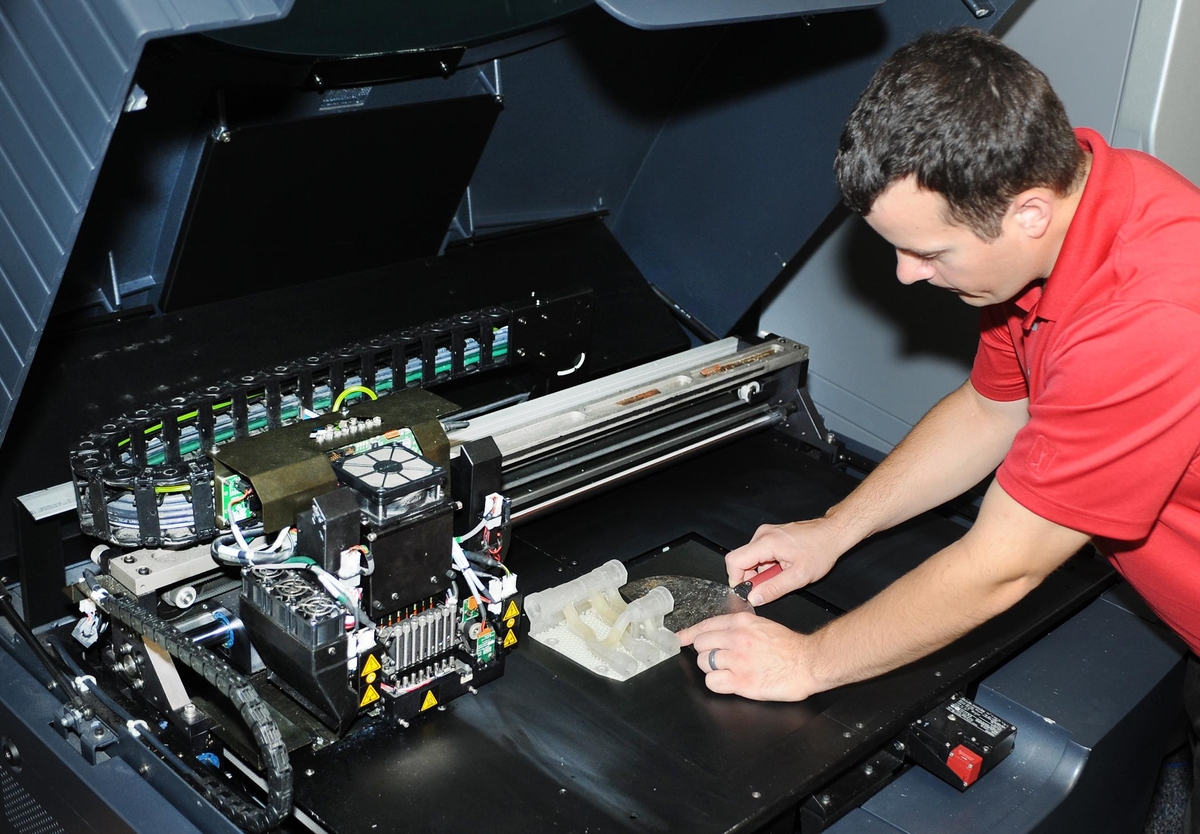Why the 3d printing revolution hasn’t happened yet?
3D printing has been touted as the future of manufacturing for over a decade now. We were promised a technological revolution where we would be able to print everything from prosthetic limbs to entire houses. Yet, despite all the hype and promises, the 3D printing revolution has not happened yet. Why is that?
Since the 1980s, 3D printing technology has been evolving, making it more accessible and affordable. However, the dream of 3D printing transforming the way we produce goods still seems to be far-fetched. Despite the advancements, 3D printing has not yet disrupted traditional manufacturing.
In this article, we will explore the reasons why the 3D printing revolution has not happened yet. We will look at the challenges that are hindering the adoption of 3D printing technology, such as high costs, limited material options, and the lack of skilled professionals. We will also examine the potential of 3D printing and the ways it could potentially revolutionize the manufacturing industry in the future.

3D printers in the operating room
Bernardo Innocenti is a leader in the field of 3D printers in the operating room. He has been researching and developing ways to use 3D printing technology to improve surgical outcomes and safety. His research and work have allowed for the use of custom-made implants, personalized medical devices, and even artificial organs to be used directly in the operating room setting.
Innocenti’s work has made a major impact on how surgeries are conducted and prepared for due to advancements in 3D printing technology that allow for three-dimensional images to be printed out. Instead of using static, two-dimensional images that cannot show enough detail or an accurate scale for surgeons to use, these 3D printer-generated images provide doctors with an unprecedented level of detail when planning their operations. Additionally, such technology can also be used to quickly fabricate customized implants direct from patient data and print them while they wait on site – providing faster, easier surgery preparation than ever before.
Is 3D printing really “green”?
The debate over whether 3D printing is truly “green” has been ongoing for years. The environmental impacts of 3D printing come from materials used, energy consumption, waste generation, and more. On the plus side, 3D printing can greatly reduce transport and logistics costs since many goods can be printed in-house. This could have a major effect on reducing emissions from transportation which are estimated to account for around 14% of global carbon emissions.
On the other hand, research conducted by Paolo Minetola, Fabien Szmytka, and Bernardo Innocenti found that the energy consumed during a typical 3D printing process may be far greater than expected when all sources are taken into account. For instance, even though only 10-20% of the total energy consumed is due to the direct heat needed to print objects in plastic or metal, 85% of it comes from indirect activities like preheating feedstock material and software rendering requirements. Furthermore, some plastics used in 3D printing processes emit hazardous toxins while they are being produced or melted down and recycled. Finally, there is also the issue of ensuring ethical sourcing, as some plastic filaments used in 3D printers contain fossil fuels or oil-based products that are not sourced sustainably.
The Future of 3D Printing
Despite the challenges that have hindered the adoption of 3D printing technology, there is still a great potential for it to revolutionize manufacturing. With the development of new materials, such as metal powders, composites, and ceramics, 3D printing can become more versatile and easier to use. Additionally, companies like HP have been developing high-
The possibilities of 3D printing technology are far-reaching, and the potential for it to revolutionize the manufacturing industry is enormous. For example, 3D printing can be used to create custom components with complex geometries that would be difficult or impossible to fabricate using traditional methods. Additionally, 3D printed objects could be created in far less time than traditional methods allow, thus making mass production of components more efficient. Finally, 3D printing also allows for the creation of smaller parts with greater accuracy and precision than ever before.

As 3D printing technology continues to advance, more and more industries will begin to rely on its capabilities to reduce costs and improve efficiency. For example, applications such as prosthetics or aerospace engineering will be able to take advantage of 3D printed parts that are designed specifically for their needs. Additionally, 3D printing could revolutionize the medical industry, as doctors could quickly and easily print out customized implants or prosthetics on demand instead of having to source them from external vendors.
Ultimately, the success of the 3D printing revolution has been hindered by a lack of materials that can be used to create parts with high enough accuracy and precision, as well as a lack of awareness and understanding of the technology’s capabilities. Despite this, the potential for 3D printing to revolutionize the manufacturing industry is immense and its impact on industries such as aerospace engineering or medical prosthetics is undeniable. With further improvements in materials and increased awareness, 3D printing could become an integral part of modern manufacturing.
3D printing: a solution for long-gone industrial parts
3D printing is becoming a popular solution for long-gone industrial parts. Fabien Szmytka, an industrial product designer with more than 10 years of experience, has been leading the charge in this field. He specializes in 3D scanning and reverse engineering to create replicas of long lost parts, enabling businesses to usher their products into the future in just a few clicks.
Using state of the art laser scanners and advanced computer processing systems, Fabien can scan parts from any size or shape, including complex components that might otherwise be impossible to make using traditional manufacturing methods. The digital models are then used to create physical models via 3D printing technology using varied types of materials such as metal powder and plastic resins. This provides both quality assurance as well as cost efficiency due to decreased waste and less energy required for production. Fabien’s innovation is allowing companies to bring back discontinued parts that were not being produced anymore due to resource constraints or lack of demand but still needed by customers today. Through his efforts, modern day customers can find solutions for their problems without having to settle for second best alternatives when it comes to finding hard-to-find items.
Despite the clear potential of 3D printing, it has yet to revolutionize the manufacturing industry. There are numerous reasons for this, ranging from costs and inadequacies in current hardware to quality control issues and a lack of standardization across different machines. In addition, many people remain unaware of 3D printing’s capabilities and its potential benefits to their businesses. As such, more needs to be done to educate both consumers and businesses on this technology if we are to truly unlock its revolutionary potential.